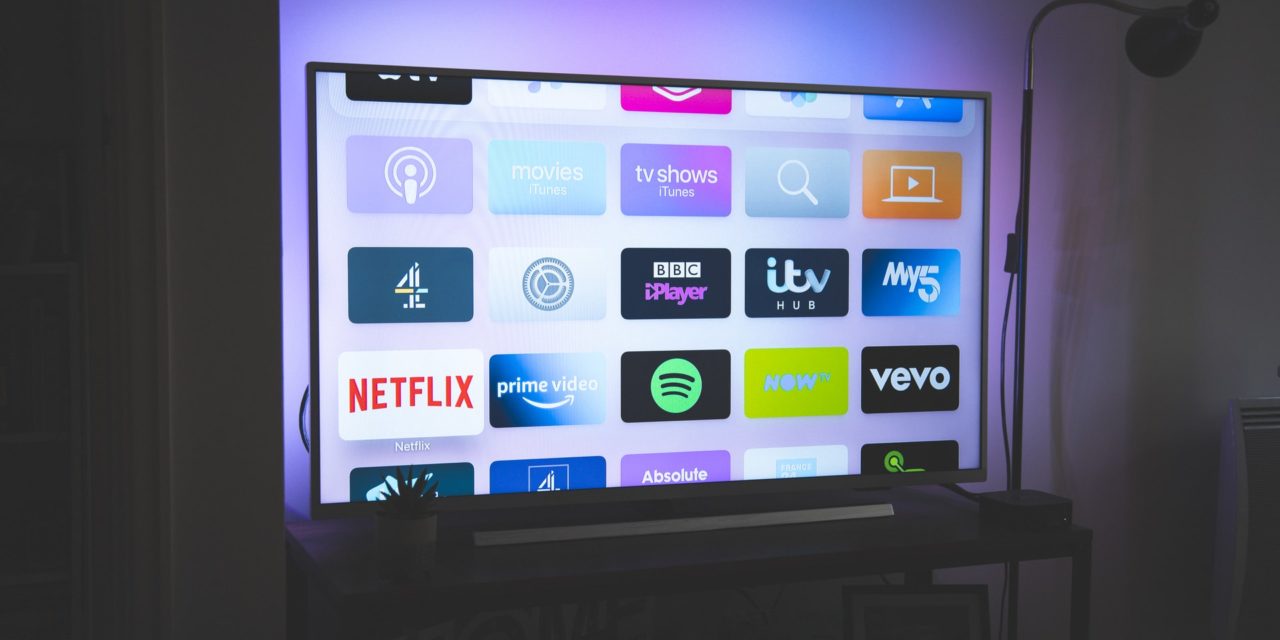[ad_1]
Few would dispute that television, with its dual audio and visual components, is the more capable media form when compared to radio, which only offers the first of these–except, perhaps, those who had no choice between the two during the early- and mid-20th century.
But as antiquated as it may seem today, radio itself was considered a technological advancement then. Hitherto forced to obtain information and entertainment from printed materials, such as books, newspapers, and magazines, those who were introduced to the new-fangled device felt it was the ultimate achievement. Just by turning a knob, they were able to connect with the world, bringing it into their very living rooms and hearing, as opposed to reading, whatever current programming offered, from sports to music to special events.
Although television later usurped radio's capability with pictures as well as sound, it initially offered poor quality and only served to highlight its artificial representation. Radio, on the other hand, engaged the listener, transforming him into an active part of the process.
Because it only offered sound, and therefore provided no visual cues, the listener needed to augment his experience with imagination, which, paradoxically, was more vivid and authentic to him than actual pictures could have been. Unable to enjoy a program if he remained in a passive mode, he was compelled to become involved with it, concentrating on the conversation and music to picture the people and events in his mind.
Initially more realistic than those received by primitive television sets, whose screens were tiny in relation to the huge cabinets that housed their actual picture tubes, radio programs were considered more realistic and dramatic, providing what was termed “theater of the mind.”
Because television had still been in its early developmental stage during the 1950s and 1960s, and usually reflected staged sets, they were limited in creativity, but radio writers faced few of these restrictions with their scripts, enabling them to occur in whatever time and place they chose. Coupled with one or more narrators and appropriate background music, those scripts led the listener through the story and its events exactly the way they were intended, enabling him to imagine them unfolding in his mind, which, in essence, became his own personal “television screen.” Consequently, this human-radio interface equally earned this form of media the title “art of imagination.”
Above all else, radio enabled the person to connect with others and numerous parts of the world, as if it served as a form of sensory travel. Although newspapers and periodicals brought stories and events to the reader that had already occurred, radio provided this link as they occurred, transforming him from passive to virtually active participant.
When the reporter urgently said, “Here we are on the corner of Preston and Elliot streets in front of the Third National Bank, where the robbery is unfolding right before our eyes,” the listener believed that he was.
There was no limitation to the air waves' reach, whether they stretched across town or across the Atlantic. When Winston Churchill gave a speech in Buckingham Palace, for instance, the listener often felt as if he were standing there with him and imagined the gold face clock of Big Ben chiming behind his shoulder.
Radio, as perhaps the intermediary link between the printed page and the television screen, also demonstrated that there was a correlation between media technology and reader/listener/viewer involvement. Indeed, the more the former offered, the less active he became.
Devoid of any technology, newspapers and magazines only offered printed words and two-dimensional pictures, requiring full participant engagement for them to be effective. Through voices, sound, and music, radios subsequently permitted him to dispense with reading, but intensified his need for listening, connecting him with the world and honing the ability of his mind to imagine and create. Finally, television, offering both sound and images, replaced some of his sensory enhancement requirements, but reduced him to a mostly passive viewer. Additional television advancements, such as those with three- and four-dimensional capabilities, further reduced his need to access his mind's potential and created a virtual reality in which he was almost at the center of the experience.
While answers to which media can be considered superior vary according to the generation and the degree of technology to which it was introduced, those who had lived during the early- to mid-20th century would assuredly vote for radio.
[ad_2]
Source by Robert Waldvogel

